Related Research Articles

In Search of Lost Time, first translated into English as Remembrance of Things Past, and sometimes referred to in French as La Recherche, is a novel in seven volumes by French author Marcel Proust. This early 20th-century work is his most prominent, known both for its length and its theme of involuntary memory. The most famous example of this is the "episode of the madeleine", which occurs early in the first volume.
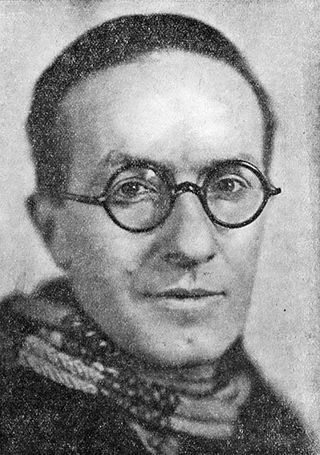
Hippolyte Jean Giraudoux was a French novelist, essayist, diplomat and playwright. He is considered among the most important French dramatists of the period between World War I and World War II.
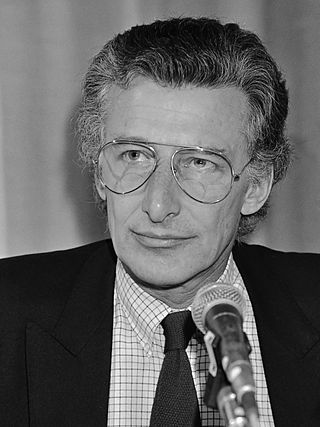
Harry Kurt Victor Mulisch was a Dutch writer. He wrote more than 80 novels, plays, essays, poems, and philosophical reflections. Mulisch's works have been translated into 38 languages so far.

Literature about World War I is generally thought to include poems, novels and drama; diaries, letters, and memoirs are often included in this category as well. Although the canon continues to be challenged, the texts most frequently taught in schools and universities are lyrics by Siegfried Sassoon and Wilfred Owen; poems by Ivor Gurney, Edward Thomas, Charles Sorley, David Jones and Isaac Rosenberg are also widely anthologized. Many of the works during and about the war were written by men because of the war's intense demand on the young men of that generation; however, a number of women created literature about the war, often observing the effects of the war on soldiers, domestic spaces, and the home front more generally.

Mélusine or Melusine or Melusina is a figure of European folklore, a female spirit of fresh water in a holy well or river. She is usually depicted as a woman who is a serpent or fish from the waist down. She is also sometimes illustrated with wings, two tails, or both. Her legends are especially connected with the northern and western areas of France, Luxembourg, and the Low Countries.

Siegfried Kracauer was a German writer, journalist, sociologist, cultural critic, and film theorist. He has sometimes been associated with the Frankfurt School of critical theory. He is notable for arguing that realism is the most important function of cinema.
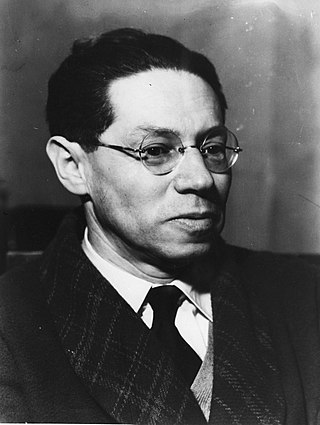
Lion Feuchtwanger was a German Jewish novelist and playwright. A prominent figure in the literary world of Weimar Germany, he influenced contemporaries including playwright Bertolt Brecht.
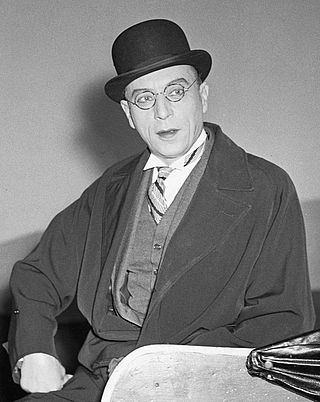
Jules Eugène Louis Jouvet was a French actor, theatre director and filmmaker.
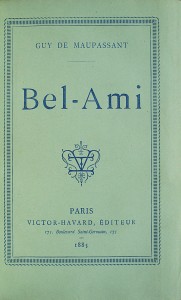
Bel-Ami is the second novel by French author Guy de Maupassant, published in 1885; an English translation titled Bel Ami, or, The History of a Scoundrel: A Novel first appeared in 1903.
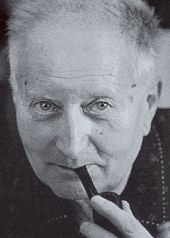
Jean Giono was a French writer who wrote works of fiction mostly set in the Provence region of France.
As there is no dominant national language, the four main languages of French, Italian, German and Romansch form the four branches which make up a literature of Switzerland. The original Swiss Confederation, from its foundation in 1291 up to 1798, gained only a few French-speaking districts in what is now the Canton of Fribourg, and so the German language dominated. During that period the Swiss vernacular literature was in German, although in the 18th century, French became fashionable in Bern and elsewhere. At that time, Geneva and Lausanne were not yet Swiss: Geneva was an ally and Vaud a subject land. The French branch does not really begin to qualify as Swiss writing until after 1815, when the French-speaking regions gained full status as Swiss cantons. The Italian and Romansch-Ladin branches are less prominent.

Passenger to Frankfurt: An Extravaganza is a spy novel by Agatha Christie first published in the United Kingdom by the Collins Crime Club in September 1970 and in the United States by Dodd, Mead and Company later in the same year. The UK edition retailed at twenty-five shillings. In preparation for decimalisation on 15 February 1971, it was concurrently priced on the dustjacket at £1.25. The US edition retailed at $5.95.
Austrian literature is mostly written in German, and is closely connected with German literature.
20th-century French literature is literature written in French from 1900 to 1999. For literature made after 1999, see the article Contemporary French literature. Many of the developments in French literature in this period parallel changes in the visual arts. For more on this, see French art of the 20th century.
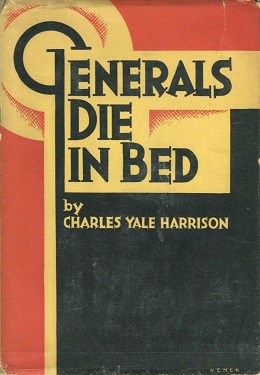
Generals Die in Bed is an anti-war novella by the Canadian writer Charles Yale Harrison. Based on the author's own experiences in combat, it tells the story of a young soldier fighting in the trenches of World War I. It was first published in 1930 by William Morrow.

Charles Kenneth Scott Moncrieff was a Scottish writer and translator, most famous for his English translation of most of Marcel Proust's À la recherche du temps perdu, which he published under the Shakespearean title Remembrance of Things Past. His family name is the double-barrelled name "Scott Moncrieff".
Siegfried is a play written in 1928 by French dramatist Jean Giraudoux, adapted from his own 1922 novel, Siegfried et le Limousin. The novel had launched Giraudoux's literary career, and the play based upon it established his reputation as a playwright. "It [Siegfried] marked the beginning of a productive, lifelong collaboration with actor-director Louis Jouvet, whom Giraudoux credits with transforming his literary plays into theater pieces."

Jean-Noël Pancrazi is a French author.

The Mixture as Before is a collection of 10 short stories by the British writer W. Somerset Maugham, first published by William Heinemann in 1940.
Anthelme Mangin, real name Octave Félicien Monjoin, was an amnesiac French veteran of the First World War who was the subject of a long judicial process involving dozens of families who claimed him as their missing relative. In 1938 he was determined to be the son of Pierre Monjoin and Joséphine Virly.